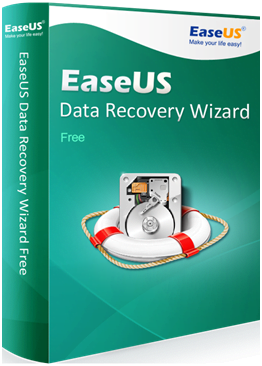EaseUS data recovery software offers one of the most efficient tools found in any recovery software available today. It is made keeping user’s convenience in mind, due to which it features an interactive interface, as well as ease-to-use tools, so that anyone may use it freely.
The software allows the user to recover their lost folders and files. EaseUS recovery software has been highly acclaimed by a number of tech reviewers for its simplified tools and exceptional interface.
Recovering Files
The recovery software allows for the user to recover multitude of file types, including music, documents, email compressed, video etc. The user is also able to recover files, which had been deleted accidentally, or files lost due to certain unexpected situations, such as hard drive crash, virus attacks, system crash, lost partition, hard drive corruption, crashed disks, malware, formatted disk etc.
The software makes use of a simplified interface, which can easily be utilized by anyone. It offers flexible and productive tools in order to maximize functionality. The interface goes easy on the eyes, and everything is rightly placed in front of the screen. Most of the scan process is kept automated to make the recovery experience easier and hassle-free.
The recovery software makes use of data remnant to recover the files. In order to find these, the software dives deep into the memory, and searches for them. Once found, it recompiles them to make the original files. In order to search for the data remnants, the software makes use of two different scan modes, which are as follows:’
- Quick Scan Mode
The quick scan mode is a fast scan mode, which put focus on bringing forth quick results. It dives into the memory to find all the files, which have been deleted recently, or have been accidentally emptied from the recycle bin. The scan mode is quick, and completes the search process within a few minutes.
- Deep Scan Mode
As the first scan mode ends, the results are displayed on the screen and the second scan mode, the deep scan mode is automatically started. This scan mode is advanced in nature, and takes a longer time to finish the recovery process as it dives deep into the memory to look for additional data remnants. It also searches all inaccessible, system and hidden files.
As both the scan modes end, the results from both the scan modes are displayed on the screen. Once this screen opens, the user has multiple option to choose from.
The user can search for the file using its name, or filter the files according to their respective file types. A number of files can be selected and recovered in one go. Other than this, the recovery software also offers the capability to view the contents of the file, before even recovering them. This feature is particularly useful, when you are not sure about the file name, and wish to recover the files based on the contents inside.




